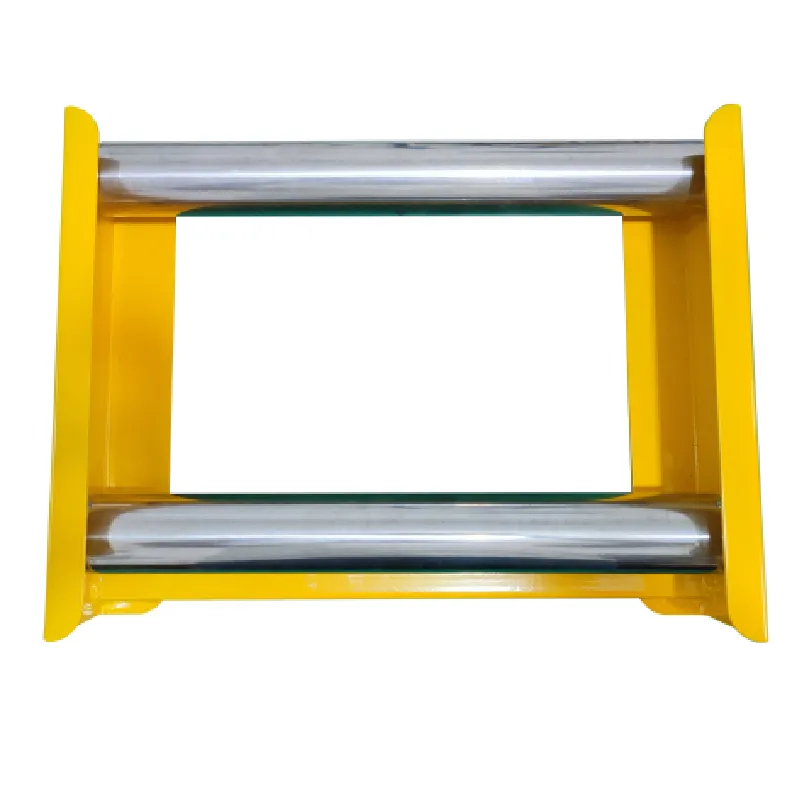
-
 Afrikaans
Afrikaans -
 Albanian
Albanian -
 Amharic
Amharic -
 Arabic
Arabic -
 Armenian
Armenian -
 Azerbaijani
Azerbaijani -
 Basque
Basque -
 Belarusian
Belarusian -
 Bengali
Bengali -
 Bosnian
Bosnian -
 Bulgarian
Bulgarian -
 Catalan
Catalan -
 Cebuano
Cebuano -
 Corsican
Corsican -
 Croatian
Croatian -
 Czech
Czech -
 Danish
Danish -
 Dutch
Dutch -
 English
English -
 Esperanto
Esperanto -
 Estonian
Estonian -
 Finnish
Finnish -
 French
French -
 Frisian
Frisian -
 Galician
Galician -
 Georgian
Georgian -
 German
German -
 Greek
Greek -
 Gujarati
Gujarati -
 Haitian Creole
Haitian Creole -
 hausa
hausa -
 hawaiian
hawaiian -
 Hebrew
Hebrew -
 Hindi
Hindi -
 Miao
Miao -
 Hungarian
Hungarian -
 Icelandic
Icelandic -
 igbo
igbo -
 Indonesian
Indonesian -
 irish
irish -
 Italian
Italian -
 Japanese
Japanese -
 Javanese
Javanese -
 Kannada
Kannada -
 kazakh
kazakh -
 Khmer
Khmer -
 Rwandese
Rwandese -
 Korean
Korean -
 Kurdish
Kurdish -
 Kyrgyz
Kyrgyz -
 Lao
Lao -
 Latin
Latin -
 Latvian
Latvian -
 Lithuanian
Lithuanian -
 Luxembourgish
Luxembourgish -
 Macedonian
Macedonian -
 Malgashi
Malgashi -
 Malay
Malay -
 Malayalam
Malayalam -
 Maltese
Maltese -
 Maori
Maori -
 Marathi
Marathi -
 Mongolian
Mongolian -
 Myanmar
Myanmar -
 Nepali
Nepali -
 Norwegian
Norwegian -
 Norwegian
Norwegian -
 Occitan
Occitan -
 Pashto
Pashto -
 Persian
Persian -
 Polish
Polish -
 Portuguese
Portuguese -
 Punjabi
Punjabi -
 Romanian
Romanian -
 Russian
Russian -
 Samoan
Samoan -
 Scottish Gaelic
Scottish Gaelic -
 Serbian
Serbian -
 Sesotho
Sesotho -
 Shona
Shona -
 Sindhi
Sindhi -
 Sinhala
Sinhala -
 Slovak
Slovak -
 Slovenian
Slovenian -
 Somali
Somali -
 Spanish
Spanish -
 Sundanese
Sundanese -
 Swahili
Swahili -
 Swedish
Swedish -
 Tagalog
Tagalog -
 Tajik
Tajik -
 Tamil
Tamil -
 Tatar
Tatar -
 Telugu
Telugu -
 Thai
Thai -
 Turkish
Turkish -
 Turkmen
Turkmen -
 Ukrainian
Ukrainian -
 Urdu
Urdu -
 Uighur
Uighur -
 Uzbek
Uzbek -
 Vietnamese
Vietnamese -
 Welsh
Welsh -
 Bantu
Bantu -
 Yiddish
Yiddish -
 Yoruba
Yoruba -
 Zulu
Zulu


Oct . 07, 2024 15:07 Back to list
receiver winch
The Importance of Receiver Winches in Modern Applications
In various sectors, particularly in construction, recovery, and recreational activities, the receiver winch has become an invaluable tool. These devices facilitate lifting, pulling, and securing heavy loads, enhancing efficiency and safety. Understanding the functionality, applications, and benefits of receiver winches can provide insights into why they are essential in today’s fast-paced world.
Receiver winches are typically mounted to a vehicle’s hitch receiver, allowing for easy attachment and removal. This versatility is a primary reason they are favored for both professional and recreational uses. For instance, off-road enthusiasts frequently utilize these winches to assist in recovering stuck vehicles, a common occurrence in rugged terrains. The ability to quickly deploy a winch means that help is readily available, minimizing downtime and enhancing safety.
From a construction standpoint, receiver winches play a crucial role in lifting heavy materials. They are vital in scenarios where traditional cranes may not be feasible, such as in tight spaces or on uneven ground. Contractors often use receiver winches for tasks like lifting equipment, supporting vertical structures, or moving materials short distances. This flexibility reduces labor costs and time, making projects run smoother.
Moreover, the design of modern receiver winches emphasizes user-friendliness and safety
. Features such as wireless remotes, automatic braking systems, and durable materials increase their reliability and ease of use. Users can operate the winch from a safe distance, ensuring they are out of harm's way while maneuvering loads. The integration of technology into these devices, such as load sensors and smartphone connectivity, further enhances their functionality. This advancement allows operators to monitor load weight and prevent overloading, which is crucial for maintaining safety standards.receiver winch

When selecting a receiver winch, several factors should be considered. The load capacity is paramount; it’s essential to choose a winch that can handle more than the maximum weight expected in use. The material of the winch cable—steel vs. synthetic—also plays a critical role. Steel cables offer durability but can be cumbersome, while synthetic cables are lighter and provide better safety and handling features but may be susceptible to abrasion.
Additionally, the winch's pull speed and horsepower will influence its efficiency. A winch with higher horsepower can operate faster, which is particularly beneficial in time-sensitive situations. This aspect is significant in emergency recovery operations, where every second counts, and the quicker a vehicle can be extracted, the safer the situation becomes.
As we look towards the future, the role of receiver winches is expected to evolve further. With advancements in battery technology and the growth of electric vehicles, we may see more long-lasting and sustainable winch options. Furthermore, as automation and smart technology continue to influence machinery, we could witness innovations that enhance their capabilities, making them even more integral to various industries.
In conclusion, receiver winches serve a critical function across diverse applications—from leisure activities like off-roading to vital roles in construction and recovery operations. Their versatility, safety features, and ease of use make them indispensable tools that improve efficiency and reduce risk. As technology progresses, the future of receiver winches looks promising, with innovations poised to enhance their effectiveness even further. Whether you are a weekend warrior or a professional contractor, investing in a reliable receiver winch is sure to pay dividends in the safety and success of your endeavors.
Latest news
What Are Construction Tools and How Are They Used?
NewsJul.11,2025
Professional-Grade Duct Rodding Tools for Superior Cable Installation
NewsJul.11,2025
Enhancing Safety and Efficiency with Modern Hot Stick Solutions
NewsJul.11,2025
Empowering Cable Installation with Advanced Rodder Solutions
NewsJul.11,2025
Elevate Your Cable Installation Projects with Cable Pulling Tools
NewsJul.11,2025
Efficient Cable Handling Solutions: Cable Rollers for Sale
NewsJul.11,2025











